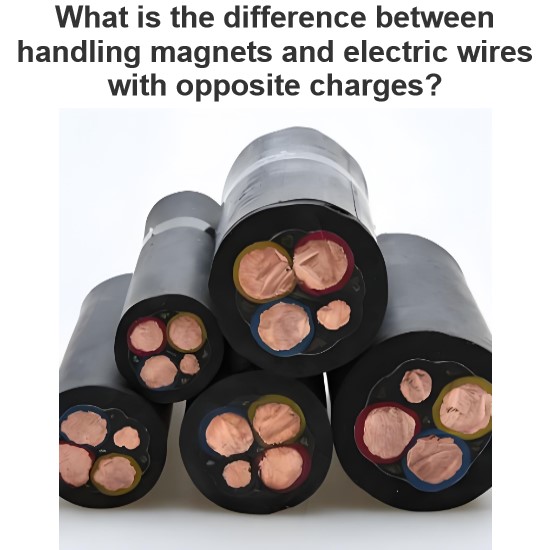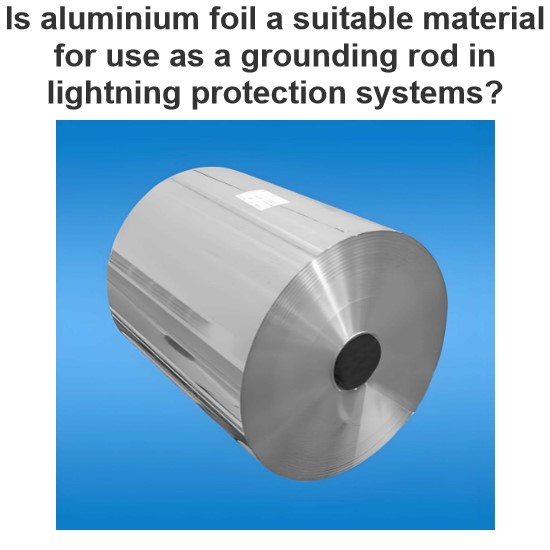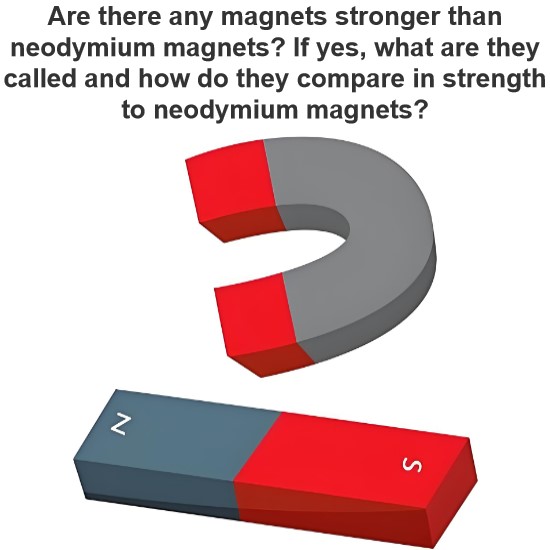What is Superconductivity?
Superconductivity was discovered by Dutch Physicist Heike Kamerlingh Onnes in 1911 in Leiden. He was awarded the Nobel Prize in Physics in 1913 for his low-temperature research. Some materials when they are cooled, below certain temperature their resistivity get abolished means they exhibit the infinite conductivity.
The property / phenomenon of infinite conductivity in materials is called superconductivity.
The temperature at which the metals change from normal conducting state to superconducting state, is called critical temperature/transition temperature. An example of superconductors, is Mercury. It becomes superconductor at 4k. In superconducting state the materials expel the magnetic field. A transition curve for mercury is shown in figure below-

The transition from normal conducting state to superconducting state is reversible. Moreover, below critical temperature the superconductivity can be abolished either by passing sufficient large current through conductor itself or by applying sufficient strong external magnetic field. Below critical temperature/transition temperature, the value of current through conductor itself at which the superconducting state abolished is called critical current. As the temperature (below the critical temperature) reduces the value of critical current increase. The value of critical current increase with decrease in temperature. The value of critical magnetic field also depends on temperature. As the temperature (below the critical temperature) reduces the value of critical magnetic field increase.
Superconductor Metals
Some metals when they are cooled below their critical temperature exhibits the zero resistivity or infinite conductivity. These metal are called superconductor metals. Some metals showing superconductivity and their critical temperatures/transition temperature are listed in table below –
| SL | Superconductor | Chemical Symbol | Critical/Transition Temperature TC(K) | Critical Magnetic Field BC(T) |
| 1 | Rhodium | Rh | 0 | 0.0000049 |
| 2 | Tungsten | W | 0.015 | 0.00012 |
| 3 | Beryllium | Be | 0.026 | |
| 4 | Iridium | Ir | 0.1 | 0.0016 |
| 5 | Lutetium | Lu | 0.1 | |
| 6 | Hafnium | Hf | 0.1 | |
| 7 | Ruthenium | Ru | 0.5 | 0.005 |
| 8 | Osmium | Os | 0.7 | 0.007 |
| 9 | Molybdenum | Mo | 0.92 | 0.0096 |
| 10 | Zirconium | Zr | 0.546 | 0.0141 |
| 11 | Cadmium | Cd | 0.56 | 0.0028 |
| 12 | Uranium | U | 0.2 | |
| 13 | Titanium | Ti | 0.39 | 0.0056 |
| 14 | Zinc | Zn | 0.85 | 0.0054 |
| 15 | Gallium | Ga | 1.083 | 0.0058 |
| 16 | Gadolinium | Gd | 1.1 | |
| 17 | Aluminium | Al | 1.2 | 0.010 |
| 18 | Protactinium | Pa | 1.4 | |
| 19 | Thorium | Th | 1.4 | 0.013 |
| 20 | Rhenium | Re | 1.4 | 0.030 |
| 21 | Thallium | Tl | 2.39 | 0.018 |
| 22 | Indium | In | 3.408 | 0.028 |
| 23 | Tin | Sn | 3.722 | 0.030 |
| 24 | Mercury | Hg | 4.153 | 0.040 |
| 25 | Tantalum | Ta | 4.47 | 0.083 |
| 26 | Vanadium | V | 5.38 | 0.031 |
| 27 | Lanthanum | La | 6.0 | 0.11 |
| 28 | Lead | Pb | 7.193 | 0.080 |
| 29 | Technetium | Tc | 7.77 | 0.040 |
| 30 | Niobium | Nb | 9.46 | 0.820 |
Properties of Superconductors
The superconducting material shows some extraordinary properties. Some of these properties are listed below
Zero electric resistance (infinite conductivity)
Meissner Effect: Expulsion of magnetic field
Critical Temperature/transition temperature
Critical Magnetic field
Persistent currents
Josephson Currents
Critical current
Applications of Superconductivity
In modern field of technology the superconductivity is widely used in different fields of technology. Some of these applications are listed below-
Medical: MRI (Magnetic Resonance Imaging), Ultra-Low Field Magnetic Resonance Imaging (ULF-MRI), Magneto-encephalography (MEG) and Magnetic Source Imaging (MSI), Magneto-cardiography (MCG) etc.
Electric field: Generators, motors, transformers, relays, magnetic energy storages (SMES), superconducting magnets, HTS Induction Heater, Fusion etc.
Electronics: SQUIDS (superconducting quantum interference device), High Speed computing, Quantum computing, Sensors, filters, circuitry, radar etc.
Transportation: Magnetically levitated trains, Marine Propulsion (magneto-hydrodynamic), Marine Propulsion (motor) etc.
Physics: Particle Accelerators, Magnets, Plasma / fusion research etc.
Statement: Respect the original, good articles worth sharing, if there is infringement please contact delete.
Electrical4U is dedicated to the teaching and sharing of all things related to electrical and electronics engineering.




